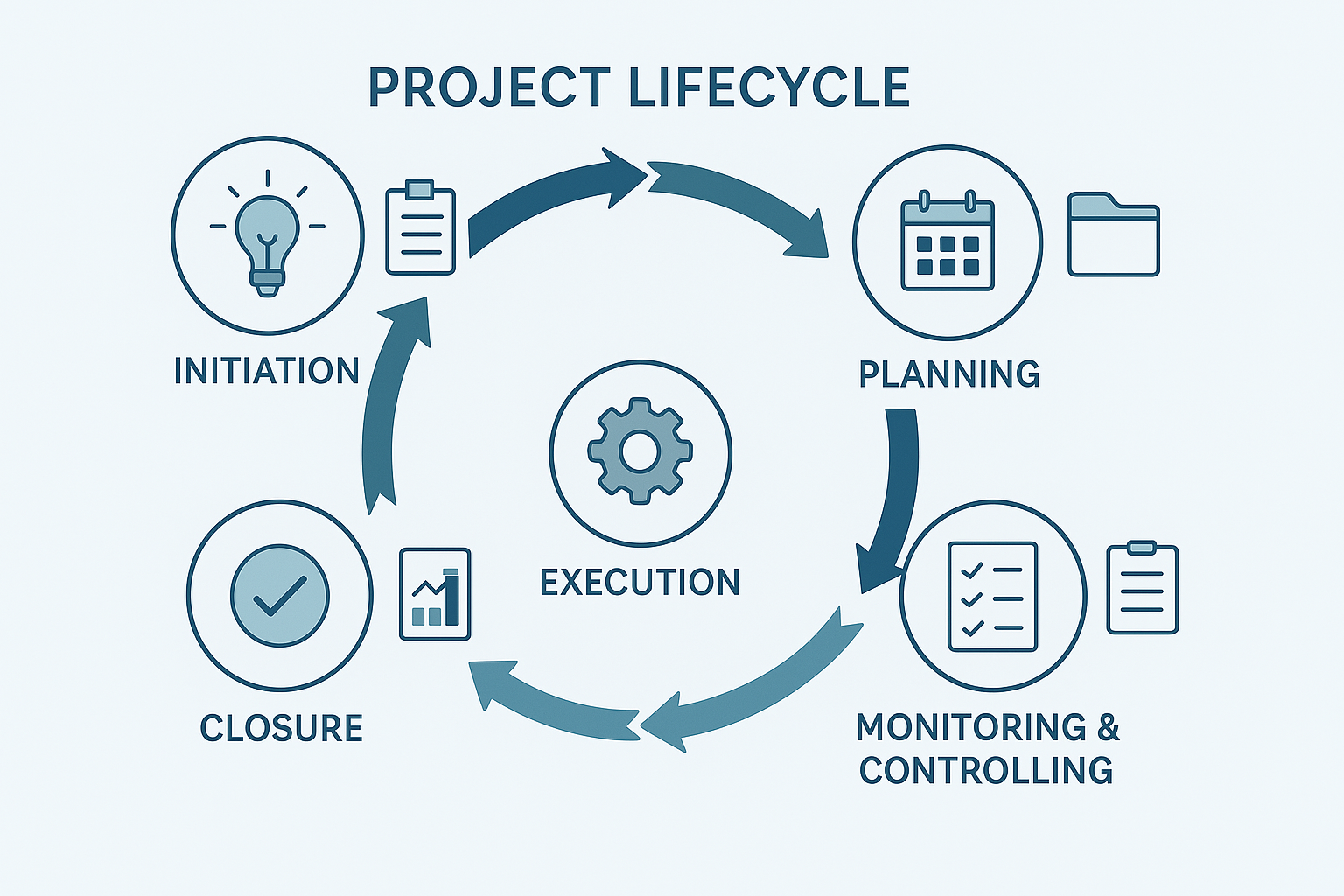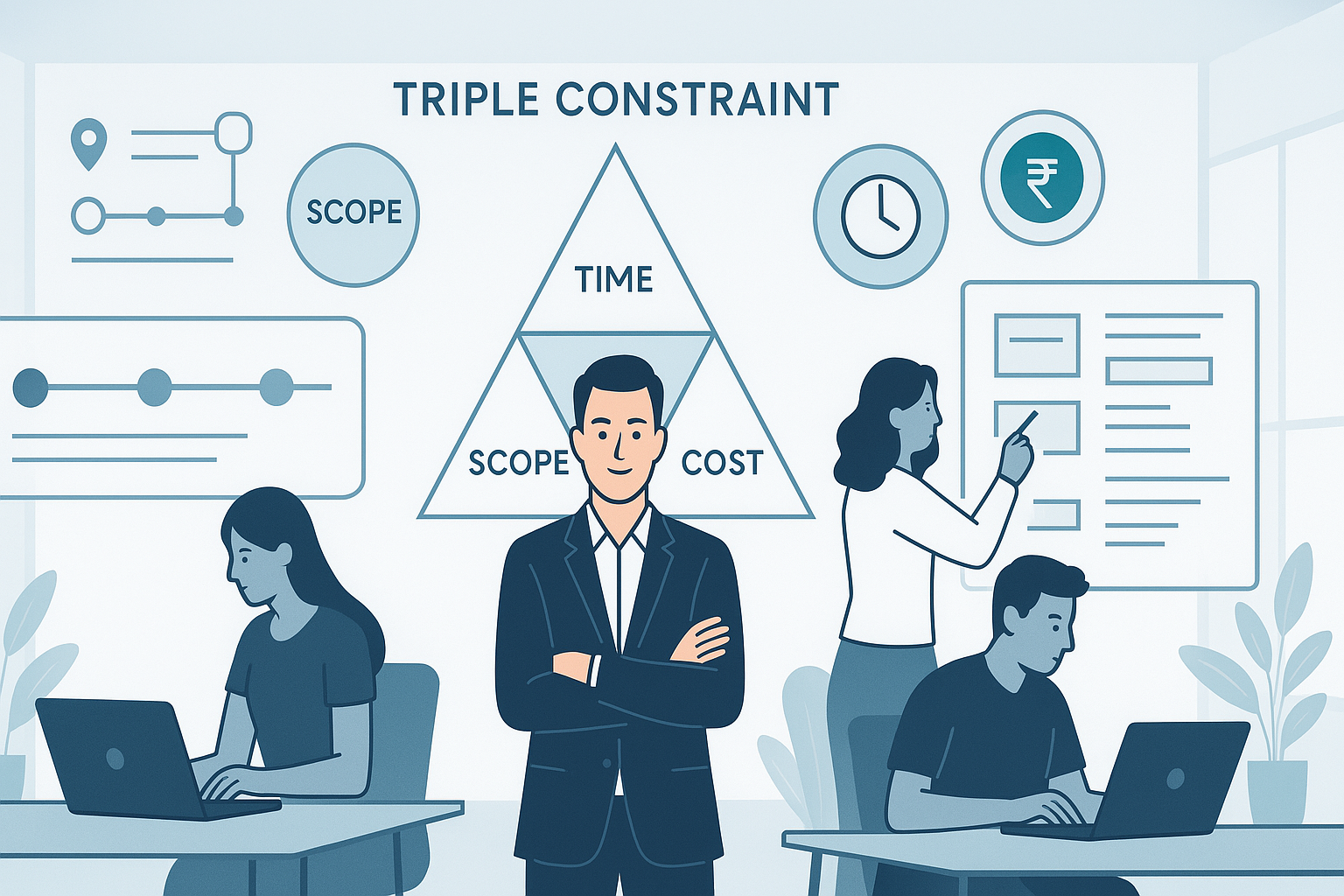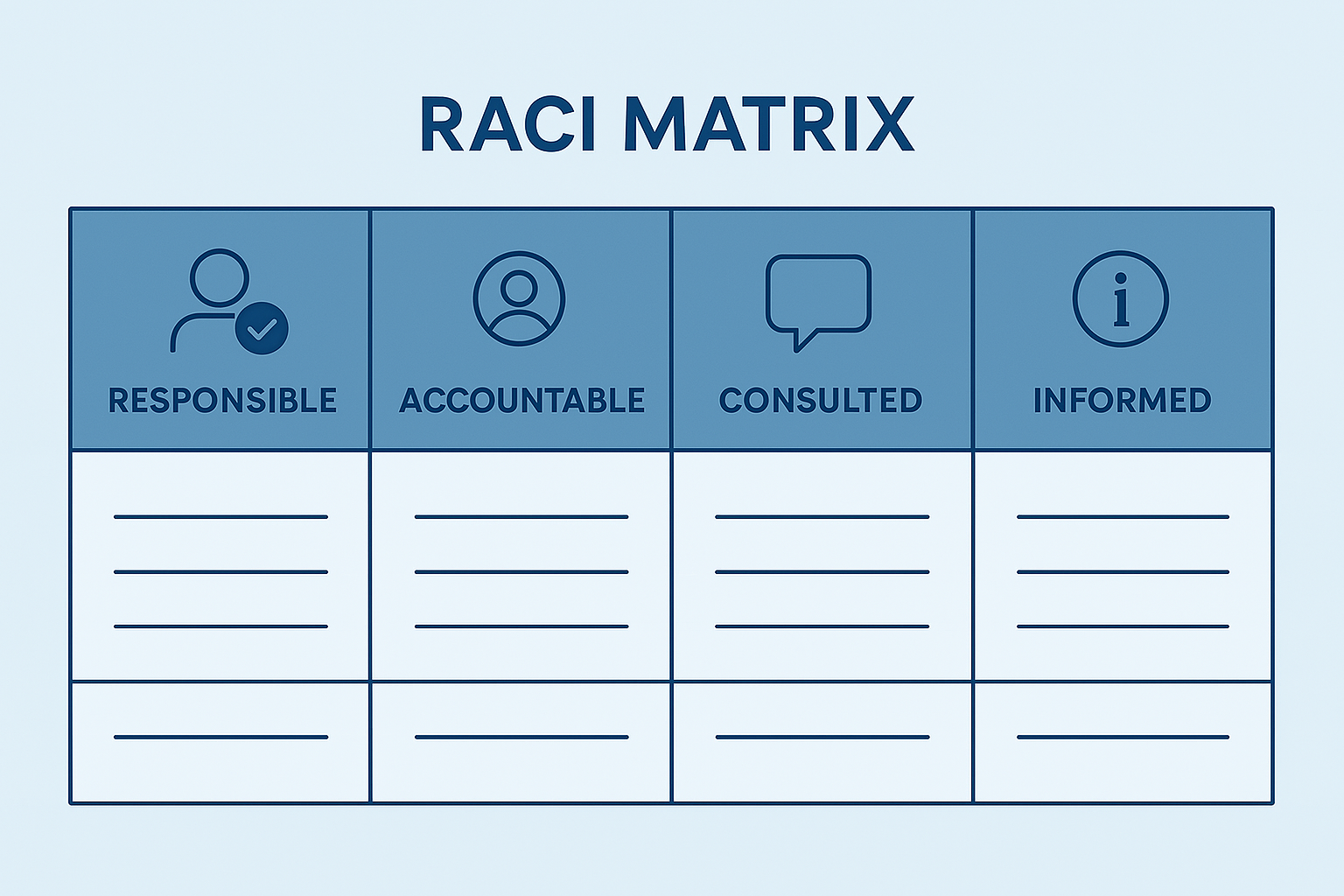Ever been part of a project that started with excitement and ended in chaos? It likely skipped a few steps or entire phases of the project lifecycle.
Understanding what is project life cycle isn’t just PM jargon—it’s the backbone of effective project management. Whether you’re leading your first initiative or looking to sharpen your delivery process, mastering each phase helps you stay in control, deliver value, and avoid costly surprises.
In this guide, we’ll break down the five standard phases of the project lifecycle, explain their importance, and list the key documents you’ll need at every step.
What Is the Project Lifecycle?
The Project Lifecycle is a structured framework that outlines how a project progresses from concept to completion. It provides a clear path for initiating, planning, executing, monitoring, and closing any project, regardless of size or industry.
Think of it like a GPS for your project—each phase is a checkpoint that ensures you’re heading in the right direction.
Phase 1: Initiation
What Happens in This Phase?
This is where everything begins. The idea is assessed for feasibility, value, and alignment with business goals. The aim is to answer one question: “Should we do this project?”
Key Documents Used:
- Project Charter – Formally authorizes the project and assigns the PM.
- Business Case – Justifies the need for the project based on ROI, risk, and benefits.
- Feasibility Study – Evaluates if the project is technically and financially viable.
- Stakeholder Register – Identifies individuals or groups affected by the project.
Pro Tip: If you skip the charter, expect confusion later—especially around authority and scope.
Phase 2: Planning
What Happens in This Phase?
Once approved, detailed planning begins. You define what will be done, how, by whom, and when. It’s the blueprint for project success.
Key Documents Used:
- Project Management Plan – The master plan outlining all aspects of the project.
- Scope Statement – Details deliverables, boundaries, and acceptance criteria.
- Work Breakdown Structure (WBS) – Breaks the project into manageable chunks.
- Risk Register – Logs potential risks with response strategies.
- Communication Plan – Defines who needs what information, when, and how.
Pro Tip: Underplanning often leads to scope creep or missed deadlines.
Phase 3: Execution
What Happens in This Phase?
This is where the work gets done. Teams collaborate, tasks are completed, and deliverables start taking shape. Stakeholder engagement and clear communication are critical here.
Key Documents Used:
- Team Assignments & RACI Matrix – Clarifies responsibilities.
- Status Reports – Keeps stakeholders updated on progress.
- Deliverables Checklist – Ensures outputs align with scope and quality.
- Meeting Minutes – Captures decisions, actions, and accountability.
Pro Tip: Strong execution relies on earlier planning—especially around resource allocation and risk.
Phase 4: Monitoring & Controlling
What Happens in This Phase?
This runs parallel to execution. The goal is to track progress, measure performance, and ensure the project stays aligned with the plan. If issues arise, this phase is where corrective actions are taken.
Key Documents Used:
- Performance Reports (KPIs, Dashboards) – Visualize how the project is tracking.
- Issue Log – Tracks problems and resolutions.
- Change Request Log – Documents approved/denied scope or timeline changes.
- Quality Reports – Verifies if standards and metrics are being met.
Pro Tip: A project without controls can deliver on time—and still fail to meet goals.
Phase 5: Closure
What Happens in This Phase?
The project is formally wrapped up. Final deliverables are handed over, stakeholders are notified, and lessons learned are captured for future projects.
Key Documents Used:
- Project Closure Report – Summarizes results, metrics, and final status.
- Lessons Learned Document – Identifies what went well and what to improve.
- Handover Document – Transfers ownership to operations or support.
- Closure Checklist – Confirms all activities are complete and signed off.
Pro Tip: Don’t skip closure—it protects your team from loose ends and repeat mistakes.
Why Understanding the Lifecycle Matters
Mastering the project lifecycle helps you:
- Deliver consistent results
- Align teams with clear direction
- Manage risks proactively
- Earn stakeholder trust
- Improve future project performance
It turns project chaos into clarity—and PMs into strategic leaders.
Real-Life Analogy
Imagine building a house:
- Initiation: You decide whether to build and define what kind of house you want.
- Planning: You create architectural drawings and hire contractors.
- Execution: The house is physically constructed.
- Monitoring: You inspect quality and progress.
- Closure: You get the keys, do a final walkthrough, and move in.
Each phase builds on the last—and skipping one could mean cracks in your foundation.
Common Pitfalls to Avoid
- Skipping documentation in Initiation → Misaligned goals
- Weak risk planning → Crisis during execution
- No monitoring → Scope creep and missed deadlines
- No lessons learned → Repeating the same mistakes project after project
Conclusion: Lead with Structure, Deliver with Confidence
The project lifecycle isn’t a rigid process—it’s a smart guide to help you lead with structure, think ahead, and drive success.
Every successful project follows a lifecycle. Every exceptional PM masters it.
Ready to take the next step?
In the next blog, we’ll walk through how to write a solid Project Charter, including a downloadable template. Stay tuned and subscribe to stay ahead!



